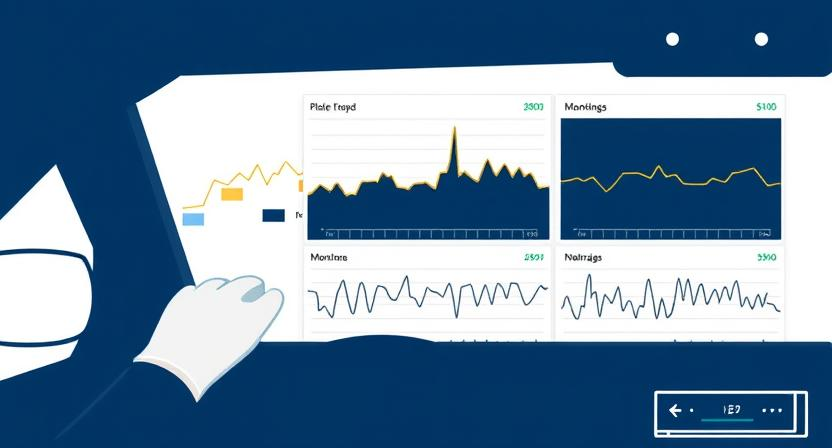Driver Behavior Monitoring: How Telematics Helps Improve Safety
Introduction

Driver behavior plays a crucial role in fleet safety, operational efficiency, and cost management. With telematics technology, fleet managers can monitor driving habits in real time, identifying risky behaviors and implementing corrective actions.
This article explores how telematics improves driver behavior monitoring and enhances safety across fleet operations.
What Is Driver Behavior Monitoring?
Driver behavior monitoring involves tracking and analyzing how drivers operate fleet vehicles. Using telematics, managers can collect data on speed, braking, acceleration, cornering, idling time, and more. These insights help fleets enhance safety, reduce wear and tear, and improve overall efficiency.
Key Metrics Monitored by Telematics
- Speeding – Detects instances of excessive speed, helping reduce accident risks.
- Harsh Braking – Monitors sudden stops, which indicate aggressive or distracted driving.
- Rapid Acceleration – Identifies aggressive driving patterns that increase fuel consumption.
- Harsh Cornering – Flags unsafe turning habits that may lead to vehicle instability.
- Idling Time – Measures excessive engine idling, reducing unnecessary fuel waste.
- Seat Belt Usage – Ensures drivers follow safety protocols.
How Telematics Enhances Safety
1. Real-Time Alerts for Risky Driving
Telematics systems provide instant alerts when a driver engages in unsafe behaviors, allowing managers to take corrective action immediately. Alerts can be sent via mobile apps, dashboards, or direct notifications to drivers.
2. Data-Driven Driver Coaching & Training
- Personalized Feedback – Drivers receive performance scores based on their driving habits.
- Gamification & Incentives – Reward safe driving behaviors through leaderboards and incentives.
- Targeted Training Programs – Address specific risky behaviors with customized coaching.
3. Accident Prevention & Reduced Liability
- Predictive Analytics – Identifies high-risk drivers before an accident occurs.
- Event-Based Video Recording – Captures incidents for analysis and training.
- Insurance Benefits – Reduced accident rates lead to lower insurance premiums.
4. Optimized Fleet Efficiency
- Lower Maintenance Costs – Prevents excessive vehicle wear due to harsh driving.
- Fuel Savings – Reduces fuel consumption by minimizing speeding and idling.
- Regulatory Compliance – Ensures adherence to driving regulations and safety protocols.
Best Practices for Implementing Driver Behavior Monitoring
1. Set Clear Safety Policies
- Define acceptable driving behavior and penalties for violations.
- Establish rewards for safe driving habits.
2. Use Driver Scorecards
- Track individual performance metrics.
- Provide regular feedback and improvement plans.
3. Integrate Telematics with Fleet Management Software
- Centralize data collection for streamlined reporting.
- Automate alerts and driver reports for efficiency.
4. Educate & Engage Drivers
- Conduct regular safety training sessions.
- Encourage drivers to self-monitor their performance using telematics apps.
5. Continuously Analyze & Improve
- Use historical data to identify trends.
- Adjust safety programs based on real-world results.
Conclusion
Telematics is a powerful tool for enhancing driver behavior monitoring and improving fleet safety. By leveraging real-time data, predictive analytics, and targeted training, businesses can reduce accidents, lower operational costs, and ensure compliance with safety regulations.
Stay Safe, Drive Smart
Explore more fleet safety strategies and telematics solutions in our latest articles!
